Supply Chain Strategies for Agility and Responsiveness in a Global Marketplace
1. Introduction
The challenges facing organisations today is the need to respond to increasing levels of volatility in demand and creating greater value at lower cost. The lifecycles of products and technologies are getting shorter; this has required the more rapid introduction of new products. Also, globalisation is putting downward pressure on prices. Meeting these challenges has meant that businesses need to rethink the way they respond to changes in the marketplace. One of the key ways to do this is to create an agile and responsive supply chain on a global level.
‘Great companies create supply chains that respond to sudden and unexpected changes in markets. Most supply chains cope by playing speed against costs, but agile ones respond both quickly and cost-efficiently.’ [1]
2. Agility and Responsiveness
The roots of agility lie in flexible manufacturing systems (FMS). The importance of flexibility in manufacturing was recognised; it was this that enabled quick changeovers and greater responsiveness to changes in product mix or volume. Later this idea was extended to the wider business context and the concept of agility was born. Agility implies responsiveness from one end of the supply chain to the other. It focuses on eliminating the barriers to quick response, be they organisational or technical.[2]
2.1 Agile or Lean?
Agility is not the same as leanness. Leanness means doing more with less and is often used with the JIT approach to business. Isolated companies may be lean but they are not always agile. Their delivery lead times are long and they expect customers to place firm orders, sometimes several months in advance. This approach was acceptable in the 1990s which were characterised by standardised products, mass produced for a predictable demand. Today, customers demand tailored solutions which introduce factors of high variability and uncertainty into the supply chain. 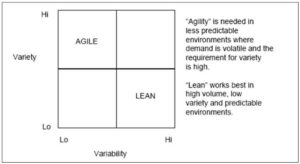
Figure 1: Agile or Lean? Source: The Agile Supply Chain: Competing in Volatile Markets, Christopher M
The automotive industry, which has made great progress in leanness, had to make the transition to agility to remain competitive. Land Rover used agility to reduce the amount of time required to develop a new product. It developed the Freelander (CB40) in 30 months when the industry norm was 60 months. The close relationships it developed with a select group of 146 suppliers, rather than the 1000 it normally used, was key in delivering the project on time.
Land Rover gave its customers great variety without increasing the complexity of its production. Design redundancy meant that standardised components were used ‘under the skin’ and the configuration demanded by the customer was achieved by connecting only the required components. The overall reduction in complexity in production and inventory management resulted in immense savings.
3. Generic Supply Chain Strategies
There is merit in using both Lean and Agile strategies together to get the most out of the supply chain. Where demand is stable and predictable, companies should use a lean strategy and Kanban systems to make products according to forecast. When demand is unpredictable, they should use an agile strategy and make products to order.
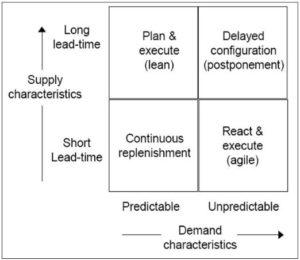
Figure 2: Generic Supply Chain Strategy Source: Lecture Notes, Christopher M
3.1 Postponement and Funnel Design
Postponement and customer decoupling points are used for items which traditionally have longer lead times than customers are prepared to wait for[3]. Items are procured using a lean strategy and kept standard as far as possible in the supply chain; they are only committed to a particular configuration when the exact customer requirements are known.
Land Rover used this strategy very effectively to match the D time of seven days in its Freelander project.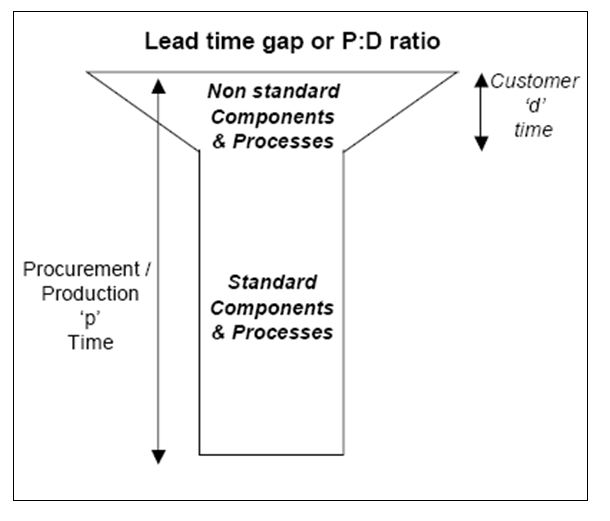
Figure 3: Lead time gap Source: Lecture notes, Bernon M
3.2 Base and Surge Demand Separation
Companies can separate the base and surge demands by studying their sales history. There is a certain element of demand that is more predictable than others. This element of demand is called the base demand and that which is unpredictable is called the surge demand. Companies can use leanness to satisfy this base demand and agility to satisfy the surge.
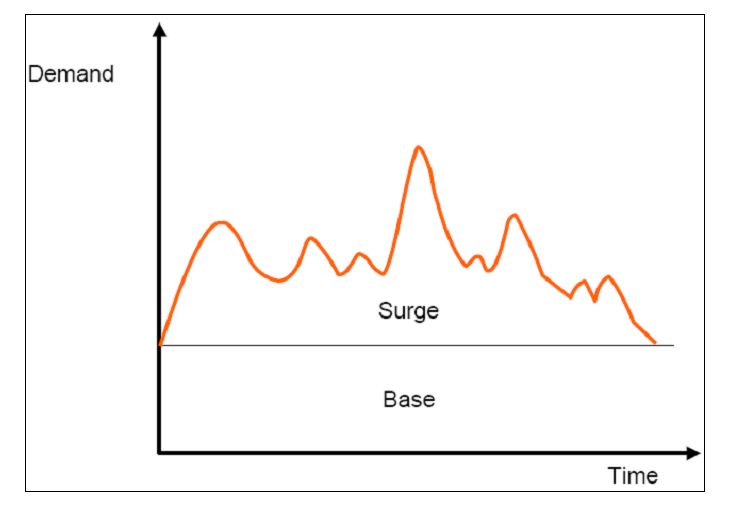
Figure 4: Characterising demand through sales history Source: Lecture notes, Christopher M
Marks and Spencer failed to realise this and used a ‘one size fits all’ strategy for its supply chain. It should have split its men’s shirts, socks and underwear into a base demand and its fashion products into a surge demand and then used the above approach for its procurement. Instead, it focussed on the price of procurement. This forced the suppliers to move offshore and required Marks and Spencer to carry more inventories. All this led to deterioration in its relationship with its suppliers and a loss of sales due to unresponsiveness to the marketplace.
3.3 Pareto Analysis
The Pareto rule suggests that 20% of a company’s products contribute 80% of its sales. High volumes make it easier to forecast the 20% demand for products; for these, lean methodologies should be used and they can be made according to forecast. For the other 80%, for which the demand is more volatile, the company should be agile and make products to order.
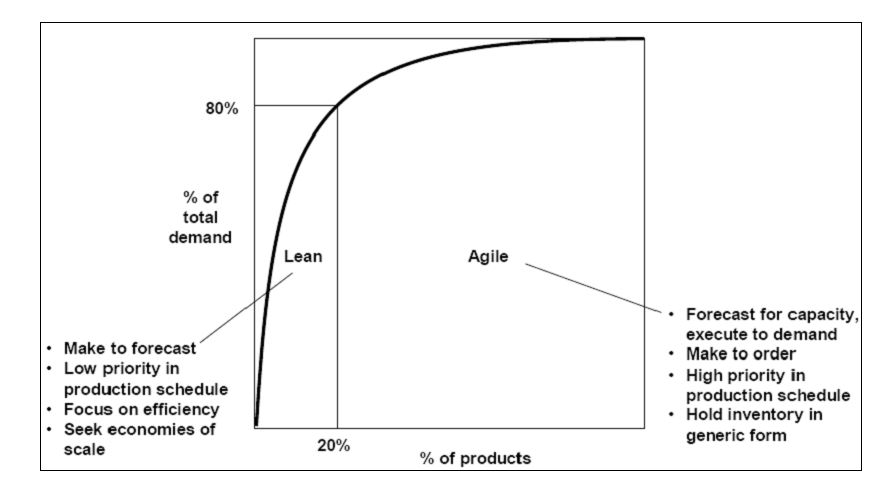
Figure 5: The Pareto distribution Source: Lecture notes, Christopher M
4. Creating the Agile Supply Chain
To be agile, a supply chain should possess a number of characteristics, as the figure below suggests.
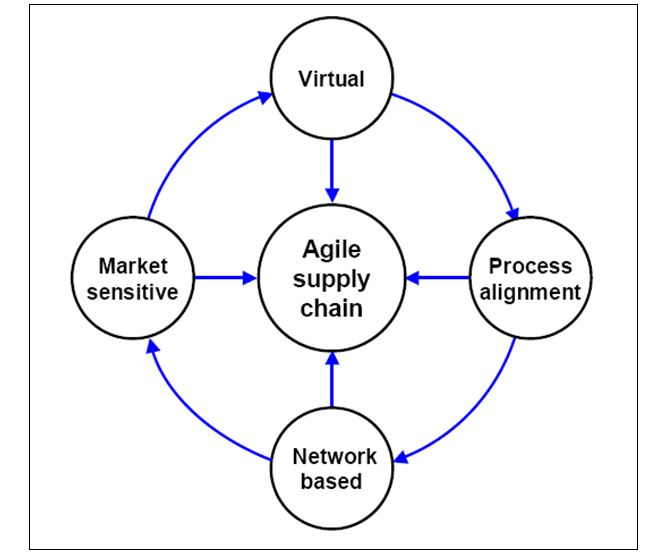
Figure 6: The agile supply chain. Source: Creating the agile supply chain, Christopher M
4.1 Synchronise activities through shared information
Most companies are forecast driven and not demand driven. This is because they are not given the point of sale information and they make forecasts based on past sales or shipments. With the advancements being made in information technology, it is now possible for companies to hear what the market is demanding upstream through the supply chain. This allows companies to substitute information for inventory as there is one set of numbers for the entire supply chain.
4.2 Work smarter, not harder (eliminate or reduce non-value adding activities)
A lot of effort in a supply chain is wasted as it does not add value. A time-based process map and supply chain mapping can reveal these non-value adding activities and processes can be engineered to eliminate them. By doing fewer things, there will be time compression in the supply chain.
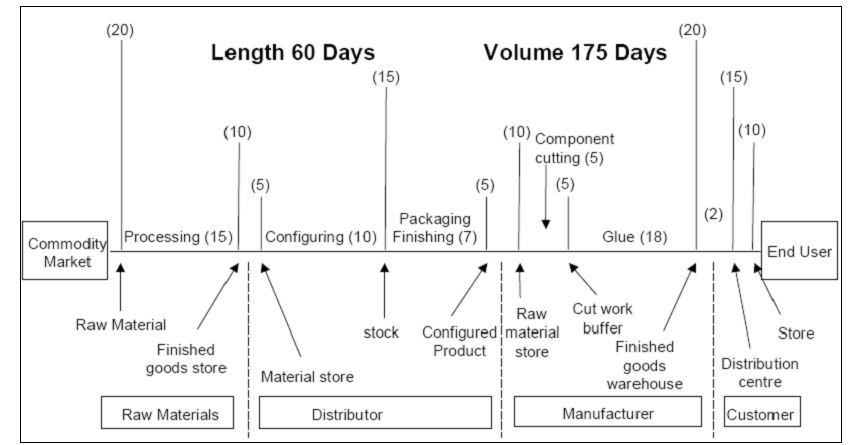
Figure 7: Supply Chain mapping Source: Lecture notes, Wilding, R
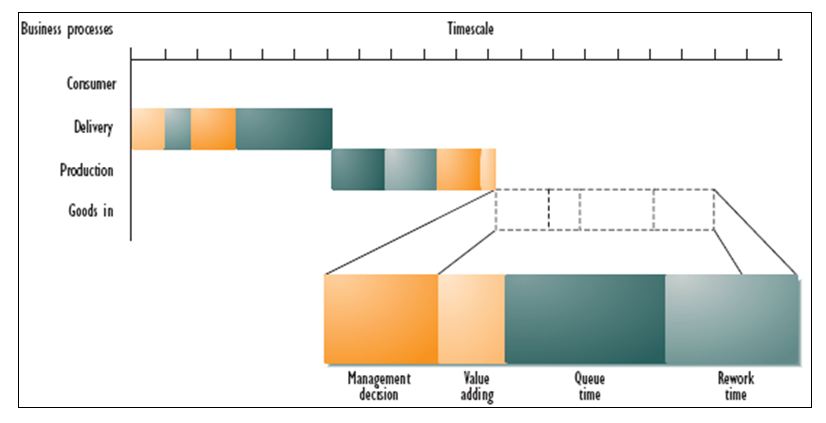
Figure 8: TBPM – Value and non-value added time Source: Lecture notes, Wilding R
Unichema supplied a long-standing customer with a product in a colour which required special and costly production runs. The customer did not actually want this particular colour and thus Unichema could eliminate costly changeovers in their production.
4.3 Partner with suppliers to reduce in-bound lead times
A major opportunity exists for companies to form partnerships with their key suppliers and improve responsiveness. One powerful tool here is the vendor-managed inventory (VIM). The customer shares information on sales and consumption rates with its suppliers thus allowing them to manage their inventories better. The customer benefits from the responsiveness to demand while the suppliers benefit from the freeing up of working capital.
4.4 Seek to reduce complexity
Complexity is a barrier to agility and adds to costs. But there are ways to reduce complexity, as was seen earlier in Freelander’s case, by sharing components and platforms across variants. Simplicity can also be achieved by questioning the reasons that lead to complexity; for example in product variants. Unichema’s example earlier demonstrates this.
4.5 Postpone final configuration/assembly/distribution of products
Postponement is the process of delaying the commitment of the product to its final form or location for as long as possible. This gives more flexibility downstream and high efficiencies upstream in the supply chain. HP manufactures its printers as incomplete units and adds region specific components, like power packs and plugs packaging, only just before shipping. This results in lower inventories and enhanced availability[4].
4.6 Manage processes not just functions
Functional organisations are slow to respond to changes in the marketplace because of multiple hand-offs and sequential working practices. The answer to this is to focus on managing processes. Processes are horizontal, market-facing sequences of activities which create value for customers. Critical business processes not only cut functional boundaries but also organisational boundaries, leading to CRM and SCM.
Land Rover used suppliers and customers in the design of the Freelander to achieve record reduction in the NPD process.
4.7 Utilise appropriate performance metrics
What gets measured gets done. To achieve agility, there must be appropriate behavioural changes across the organisation and appropriate measures have to be put in place. Time-based measures will promote a reduction is setup times, cycle times etc. Customer based metrics will promote customer focus and responsiveness.
Unichema put in appropriate measures of performance for its own personnel and partners to achieve better customer responsiveness while M&S concentrated only on cost and lost its dominant position in the market.
5. Conclusion
The global marketplace demands a much more agile response from organisations and their partners in the supply chain. Today, a winning combination is strong brands and innovative technologies supported by an agile supply chain capable of responding more rapidly to volatile demand. True competitive advantage is gained when organisations are able to consistently meet the precise needs of customers in a timely way. Thus it is no longer company competing against company but rather supply chain against supply chain.
[1] The Triple-A Supply Chain , Hau L. Lee (2004) , Harvard Business Review
[2] Managing the Global Supply Chain in an Uncertain World, Christopher Martin
[3] This time difference is also called P:D ratio
[4] Logistics and Supply Chain Management : Creating Value-Adding Networks, Christopher Martin